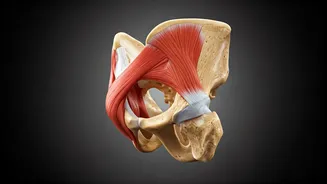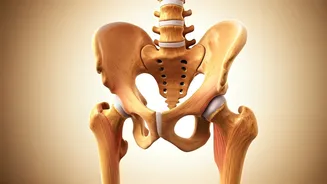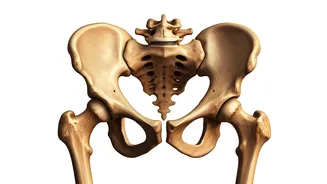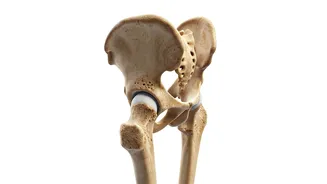Hip Mobility Importance
Hip mobility is critical for overall physical health and movement. It involves a range of motion at the hip joint, enabling activities such as walking,
running, and even sitting. Good hip mobility alleviates stiffness, eases pain, and reduces the risk of injuries. Improved flexibility also enhances athletic performance. Regular hip mobility exercises can help to improve posture and balance. For example, a tight hip flexor can lead to lower back pain. Regularly stretching these muscles can help to avoid this problem. Including hip mobility exercises in your fitness regimen can drastically improve your overall quality of life.
Shilpa's Workout Focus
Shilpa Shetty Kundra's fitness routines frequently highlight the importance of hip mobility. She emphasizes exercises that open up the hip joint, promote flexibility, and enhance the range of motion. Her routines often include dynamic stretches, such as leg swings and hip circles, which prepare the body for movement. These exercises can increase blood flow and warm up muscles. She also utilizes static stretches that involve holding poses to stretch the muscles around the hips. Through her videos, Kundra shares techniques and variations suitable for different fitness levels. Her focus on hip mobility is not just for fitness; it is also about improving everyday movements and preventing injuries. By sharing these exercises, she encourages people to be more mindful of their body's needs.
Techniques and Exercises
Kundra’s hip mobility routine often encompasses a range of exercises. These include exercises like the butterfly stretch, which involves sitting with the soles of the feet together and gently pressing down on the knees. Another technique is the pigeon pose, a yoga pose that stretches the hip flexors and external rotators. Leg swings, done both forward and sideways, are also a key part of the routine, improving dynamic flexibility. Hip circles are another technique in her regime that help increase the range of motion in the hip joint, while lying hip abduction and adduction exercises help strengthen the muscles involved in hip movement. Kundra typically provides modifications, allowing individuals to adapt the exercises to their comfort levels. Beginners can start with basic stretches, increasing the intensity as their flexibility improves.
Adapting the Challenge
To try the challenge, start by assessing your current level of hip mobility. Consider your current flexibility, any physical limitations, and previous injuries. Begin with basic exercises, such as gentle stretches and dynamic movements. Gradually increase the intensity and complexity of the exercises as your flexibility improves. It’s also important to listen to your body and avoid pushing yourself too hard. If you feel any pain, stop the exercise and modify or skip it altogether. Incorporate the exercises into your regular workout routine to ensure consistency. To make the challenge sustainable, focus on consistency, not just the duration of a single session. Aim for regular, brief sessions rather than infrequent, strenuous ones to maintain and improve hip mobility effectively.












